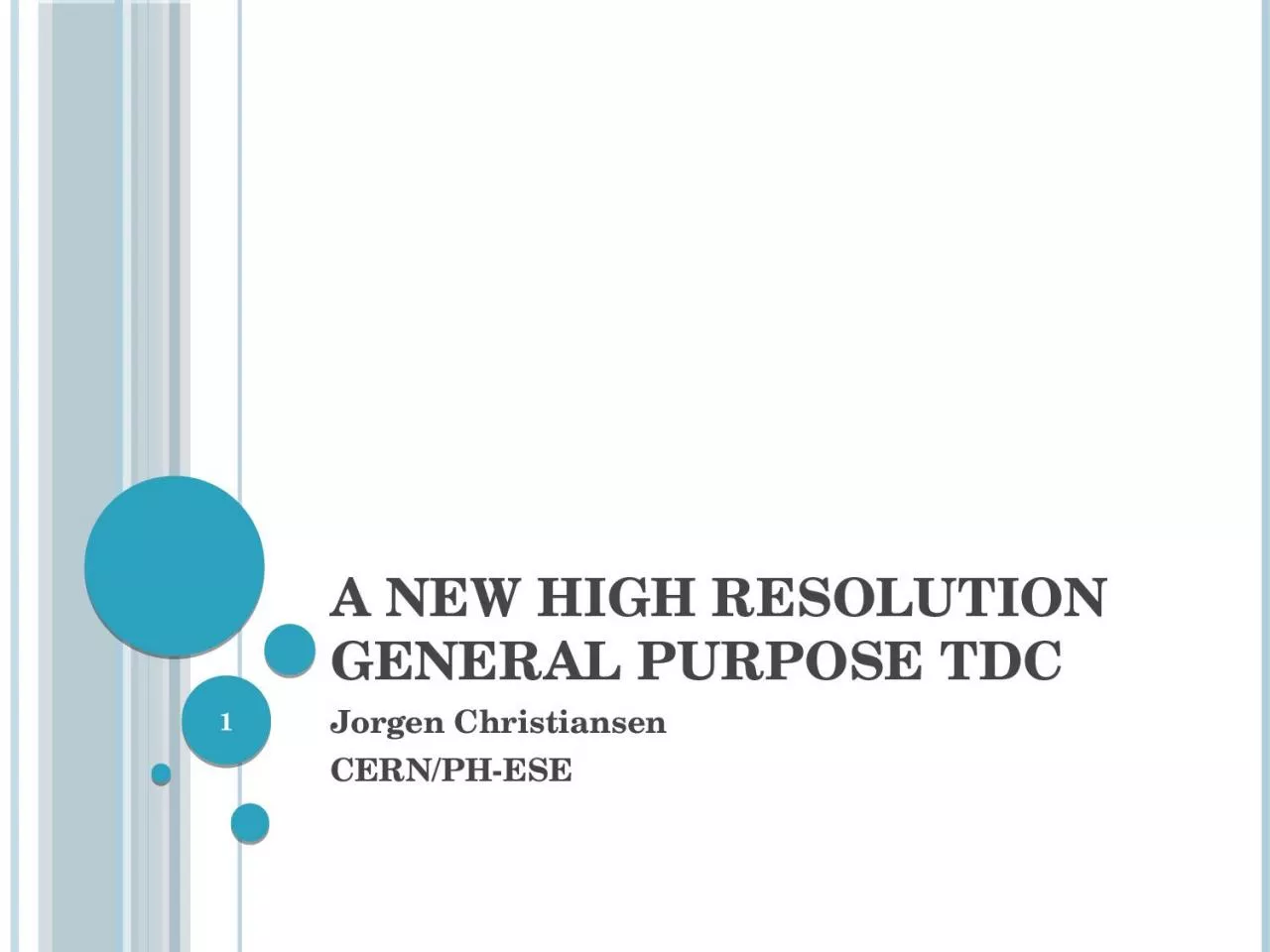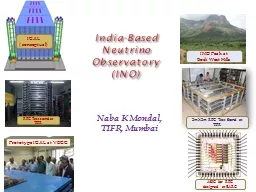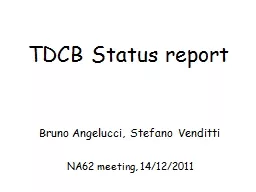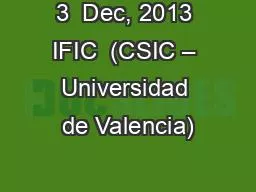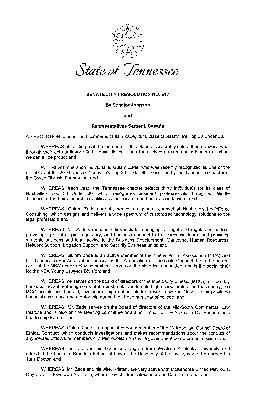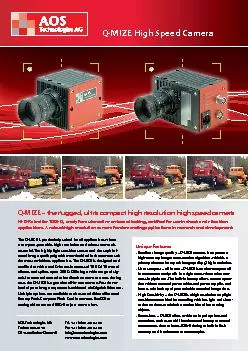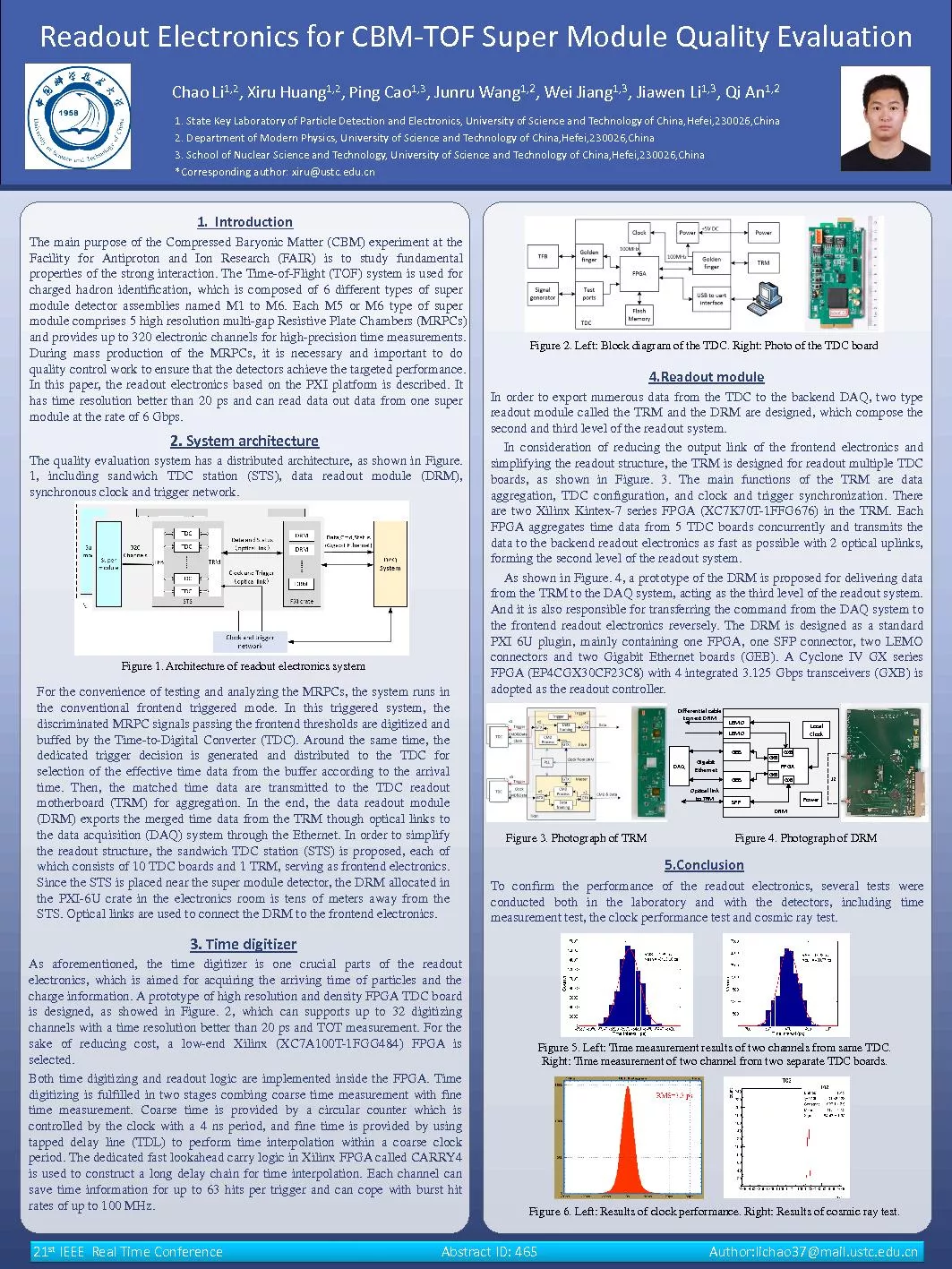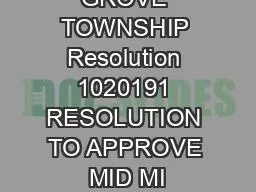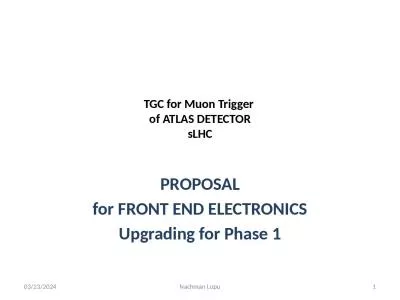PPT-A new high resolution general purpose TDC
Author : GorgeousGirl | Published Date : 2022-07-28
Jorgen Christiansen CERNPHESE 1 Time to Digital Converters in HEP Large HEP systems with many 100k or more channels Time resolution precision and stability required
Presentation Embed Code
Download Presentation
Download Presentation The PPT/PDF document "A new high resolution general purpose TD..." is the property of its rightful owner. Permission is granted to download and print the materials on this website for personal, non-commercial use only, and to display it on your personal computer provided you do not modify the materials and that you retain all copyright notices contained in the materials. By downloading content from our website, you accept the terms of this agreement.
A new high resolution general purpose TDC: Transcript
Download Rules Of Document
"A new high resolution general purpose TDC"The content belongs to its owner. You may download and print it for personal use, without modification, and keep all copyright notices. By downloading, you agree to these terms.
Related Documents

